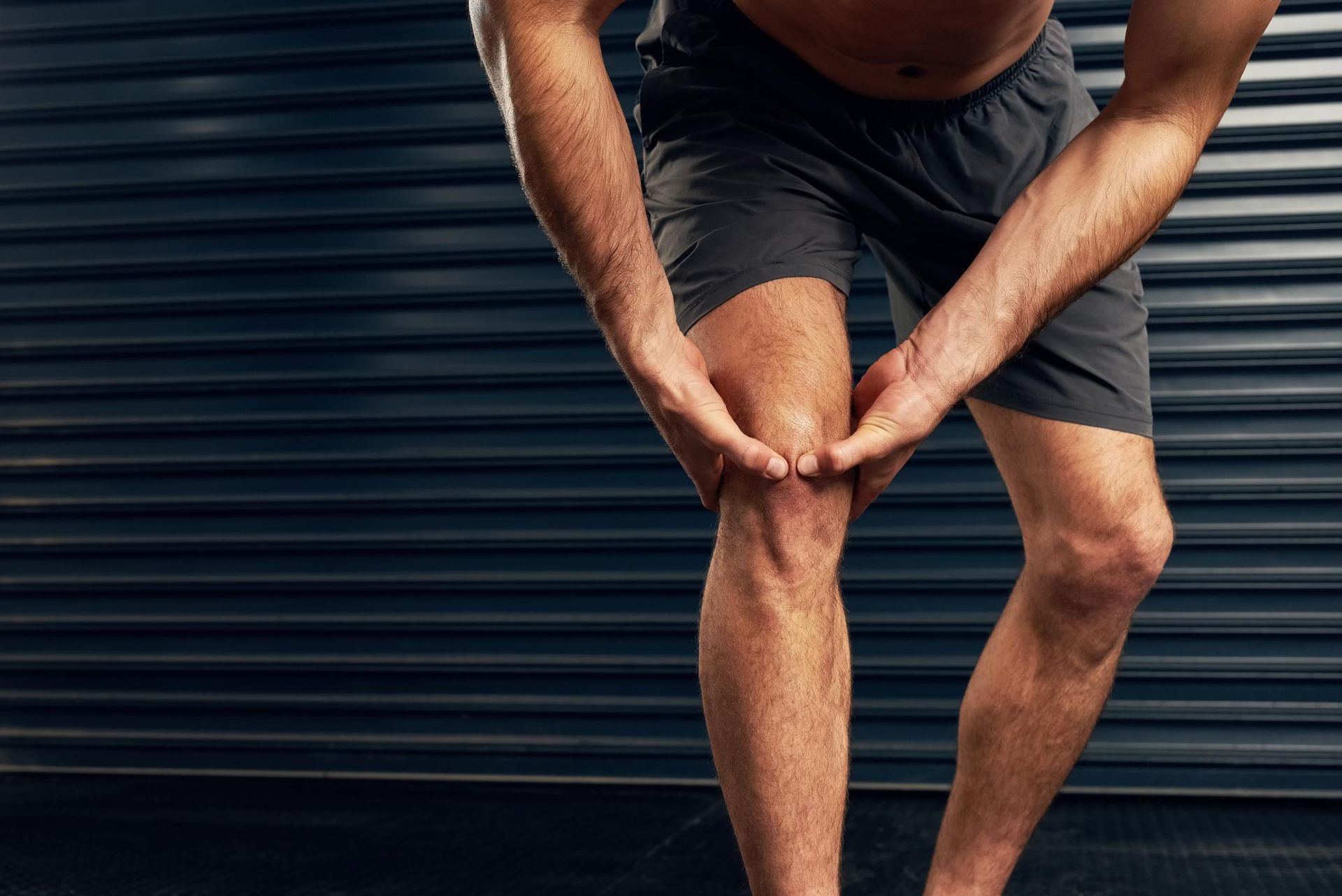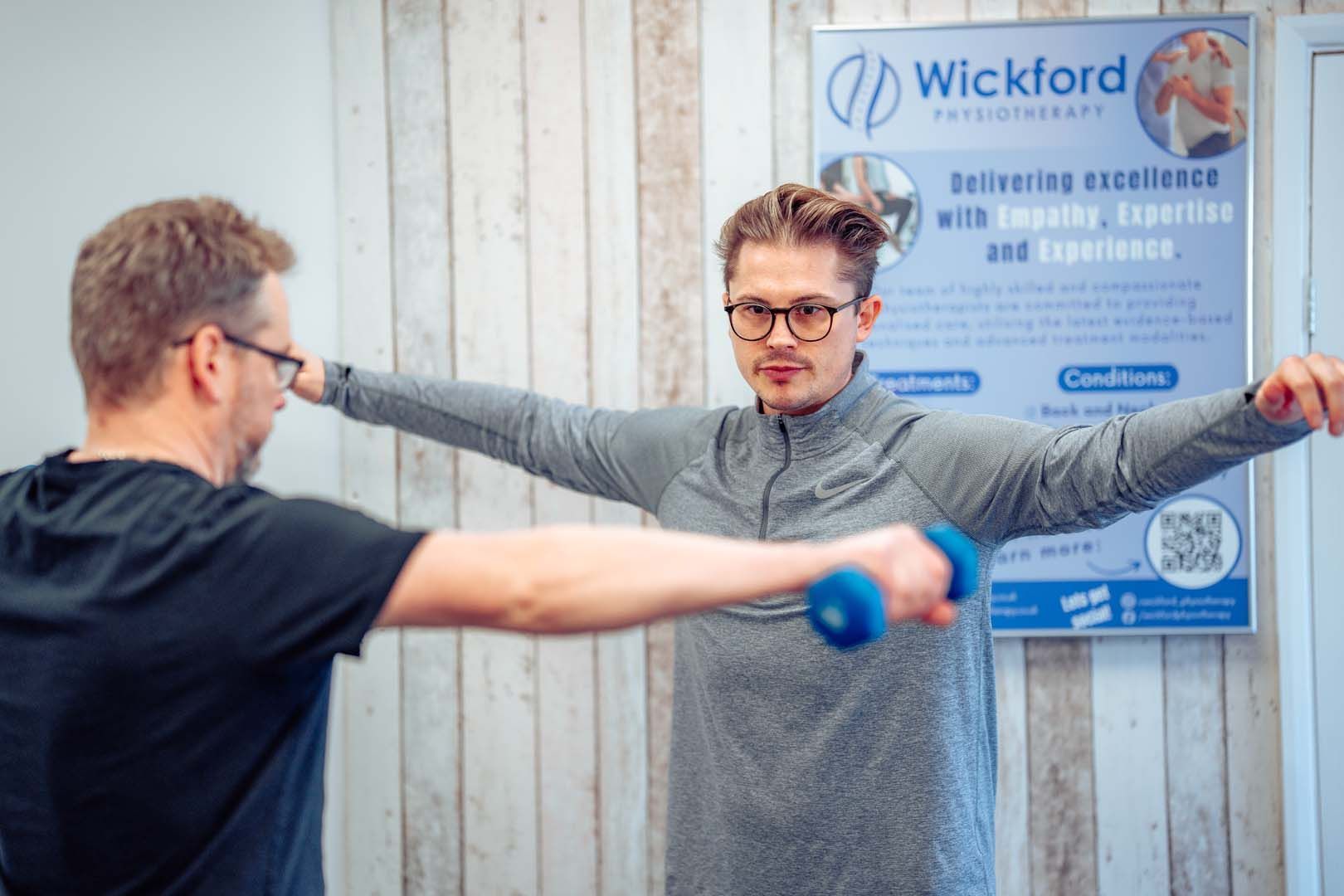Understanding Sciatica and the Role of Physiotherapy
Sciatica is a common and painful condition affecting millions of people worldwide. It refers to the irritation or compression of the sciatic nerve, the longest nerve in the human body, which runs from the lower back through the hips and buttocks down to the legs. This condition can cause debilitating pain, numbness, and tingling sensations, making everyday tasks challenging. Fortunately, physiotherapy offers a non-invasive and effective approach to managing sciatica and promoting long-term relief.
Sciatica is not a medical condition itself but rather a symptom of an underlying issue. The most common cause of sciatica is a herniated disc, which occurs when the soft, gel-like centre of a spinal disc pushes through a tear in the disc's outer layer and presses on the nearby nerve roots, including the sciatic nerve. Other potential causes include spinal stenosis (narrowing of the spinal canal), degenerative disc disease, spondylolisthesis (a condition where one vertebra slips over another), and even pregnancy-related changes in the body.
The hallmark symptom of sciatica is a sharp, shooting pain that radiates from the lower back down the back of one leg. The pain can vary in intensity, from mild to excruciating, and may worsen with prolonged sitting, standing, or certain movements like bending or lifting. In addition to pain, individuals with sciatica may experience numbness, weakness, or tingling sensations in the affected leg or foot. The symptoms often occur on one side of the body, though it is possible for both sides to be affected.
How can physiotherapy help?
Physiotherapy is a conservative and comprehensive approach to managing sciatica, aiming to reduce pain, improve mobility, and enhance overall function. A qualified physiotherapist will conduct a thorough assessment to understand the underlying cause of the sciatica and design a personalised treatment plan. Here are some of the common physiotherapy interventions used to treat sciatica:
Physiotherapists use hands-on techniques, such as mobilisation and manipulation, to restore joint mobility, reduce muscle tension, and relieve pressure on the sciatic nerve.
Specific stretching and strengthening exercises can help alleviate sciatic pain by improving flexibility, stability, and supporting the spine's proper alignment.
Heat and Cold Therapy
Alternating heat and cold packs can provide pain relief, reduce inflammation, and promote healing.
Posture Correction
Physiotherapists educate patients on maintaining proper posture during daily activities, preventing further strain on the affected area.
Lifestyle Modifications
Physiotherapy may involve recommending modifications in daily habits, such as ergonomic adjustments at work or adopting a more active lifestyle, to support the healing process.
Sciatica can significantly impact quality of life, but with the right approach, it is manageable. Physiotherapy plays a crucial role in providing relief for sciatica by addressing the underlying issues, reducing pain, and promoting healing.
If you or someone you know is experiencing symptoms of sciatica, get in touch with us here [hyperlink to contact page]
Remember, early intervention and proper care can make a world of difference in managing sciatica and restoring comfort and mobility.










